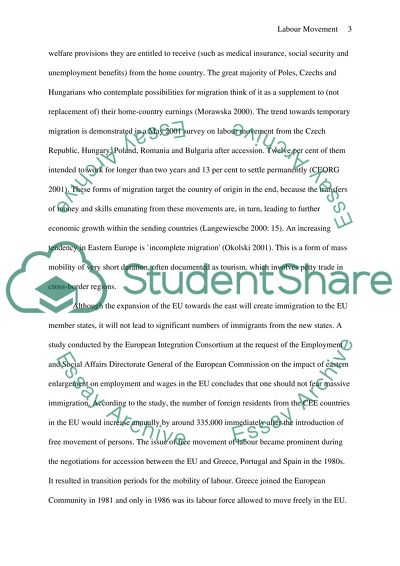Cite this document
(“European Union and Free Movement of Labour Essay”, n.d.)
European Union and Free Movement of Labour Essay. Retrieved from https://studentshare.org/politics/1505697-european-union-and-free-movement-of-labour
European Union and Free Movement of Labour Essay. Retrieved from https://studentshare.org/politics/1505697-european-union-and-free-movement-of-labour
(European Union and Free Movement of Labour Essay)
European Union and Free Movement of Labour Essay. https://studentshare.org/politics/1505697-european-union-and-free-movement-of-labour.
European Union and Free Movement of Labour Essay. https://studentshare.org/politics/1505697-european-union-and-free-movement-of-labour.
“European Union and Free Movement of Labour Essay”, n.d. https://studentshare.org/politics/1505697-european-union-and-free-movement-of-labour.


